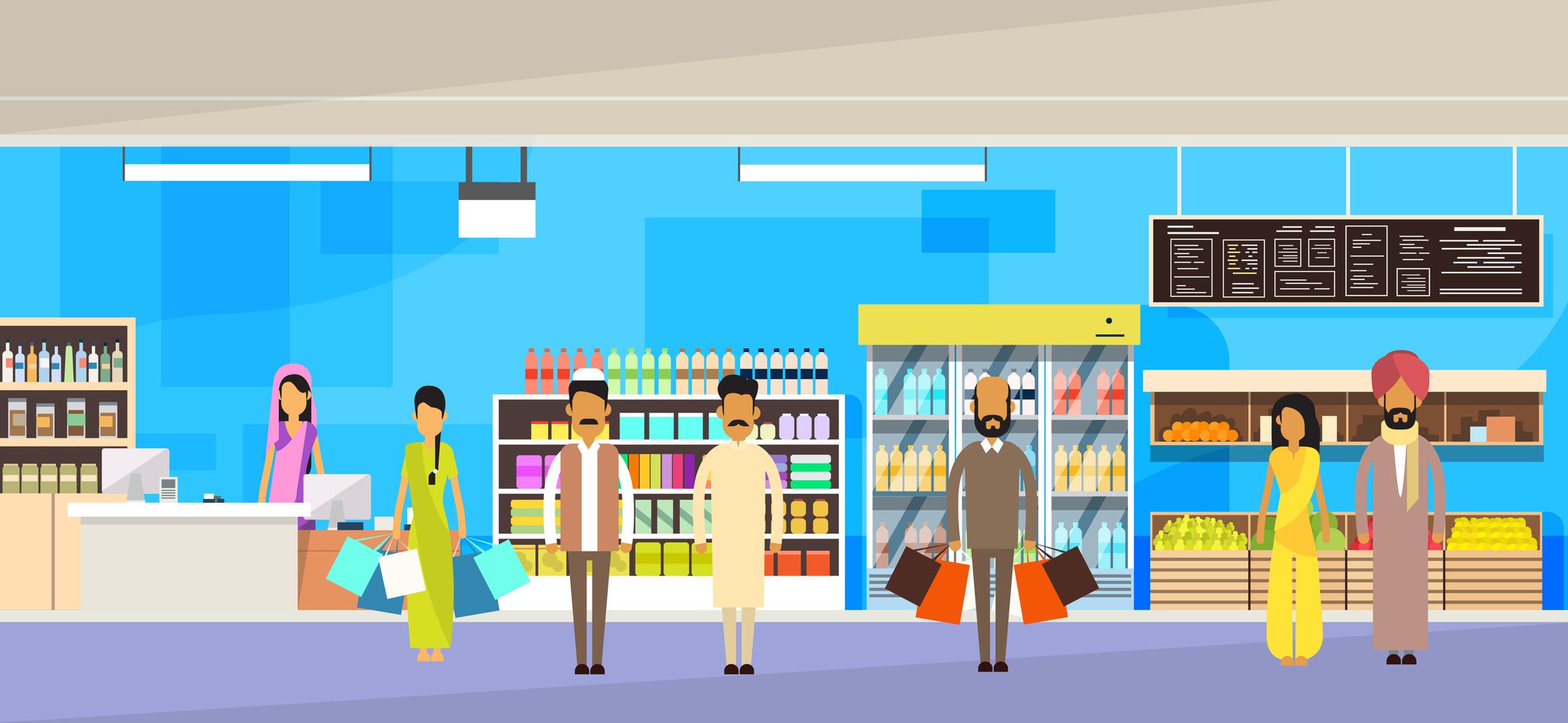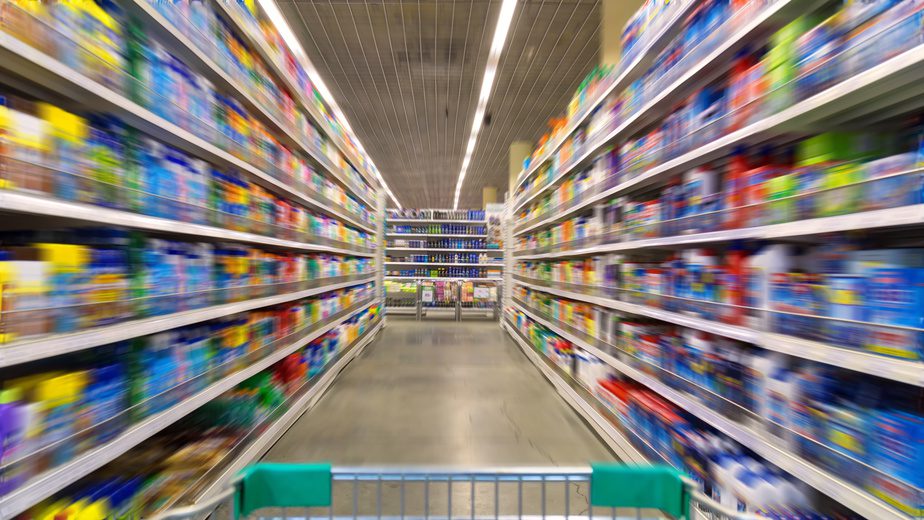With its vast aspirational population, India is among the most favored retail destinations globally. However, the country’s retail market is still shackled by old-fashioned merchants and modern retailers are struggling to draw customers. One of the biggest challenges is the ‘retail structure’ of India – the market is mature but highly fragmented with 12-15 million outlets. About 92% of retail sales is derived from the fragmented unorganized sector.
There are some major impediments that are holding back retailers from realizing their full growth potential to yield desirable profits. Modern retailers in India suffer from regulatory hurdles, supply chain disruptions, soaring real estate prices, and scarcity of skilled workforce, among others. Consequently, several big box retailers such as Carrefour and Shoppers Stop have closed or downsized operations, respectively.
Despite the teething challenges, several international retailers have invested in the market while many others are contemplating to capitalize on the growth and demand potential of world’s fifth largest consumer market. Big box retailers have ushered revolution across the retail sector with their assortment of store formats based on consumer convenience, offering cash on delivery option, installment payment systems, and elevated customer experience by bringing all retail brands under one roof.
Working population and youth have proven to be attractive consumer segments for retailers. Also, rural India, representing a less penetrated market, is a key opportunity segment for retailers.
Several retailers such as Big Bazaar, Metro Shoes, Flipkart, Lenskart, etc., have overcome sustainability hurdles by implementing innovative ideas and deeply assessing the retail market.
EOS Perspective
Breaking through India’s retail market is a grueling experience but several big box retailers have succeeded by implementing innovative ideas and assessing consumer behavior carefully. Retailers need a robust strategy and in-depth knowledge of consumer buying behavior to pave way and survive in the market. It is essential to understand the fundamental features and structure of the market – for instance, India is a highly heterogeneous and segmented consumer market, hence, adopting a single marketing strategy across the country might not reap profits. Income levels, tastes, preferences, languages, lifestyles and fashion, buying behaviors, etc. differ across India. Therefore, it is crucial to develop region-wise marketing plan.
Further, retailers need to stay on toes persistently to keep themselves updated with new trends and competitive intelligence. For example, the new mantra of several big box retailers is to invest in developing omni-channel presence, which helps to expand their horizon from brick and mortar stores to multichannel selling through e-commerce. Growth of e-commerce in India has got retailers contemplating their multi-channel strategies with a few brick and mortar giants – including Croma, Shoppers Stop, brands such as Nike, Puma, Catwalk, Mango, among others – investing to build an online presence. Most brick and mortar retailers in India don’t have good multichannel offerings with pure play e-commerce companies (such as Amazon and Flipkart) dominating the market. Therefore, an investment to build online presence represents a plethora of opportunities for retailers considering e-commerce share in Indian retail sector is expected to skyrocket from 2% in 2014 to 11% in 2019.
Trends and developments within the Indian retail sector and Indian consumer behavior are complex to understand and predict, a challenge accompanied by several regulatory roadblocks. However, big box stores have changed the face of Indian retail by reinventing and positioning themselves as lifestyle and entertainment hubs rather than aggregators of retail brands. They have successfully instilled in local consumers’ minds the ‘mall culture’, where shopping malls and lavish stores become a weekend destination – not only for picking up groceries but also for recreation. Big box retailers have a long way to go, but the journey has begun.












